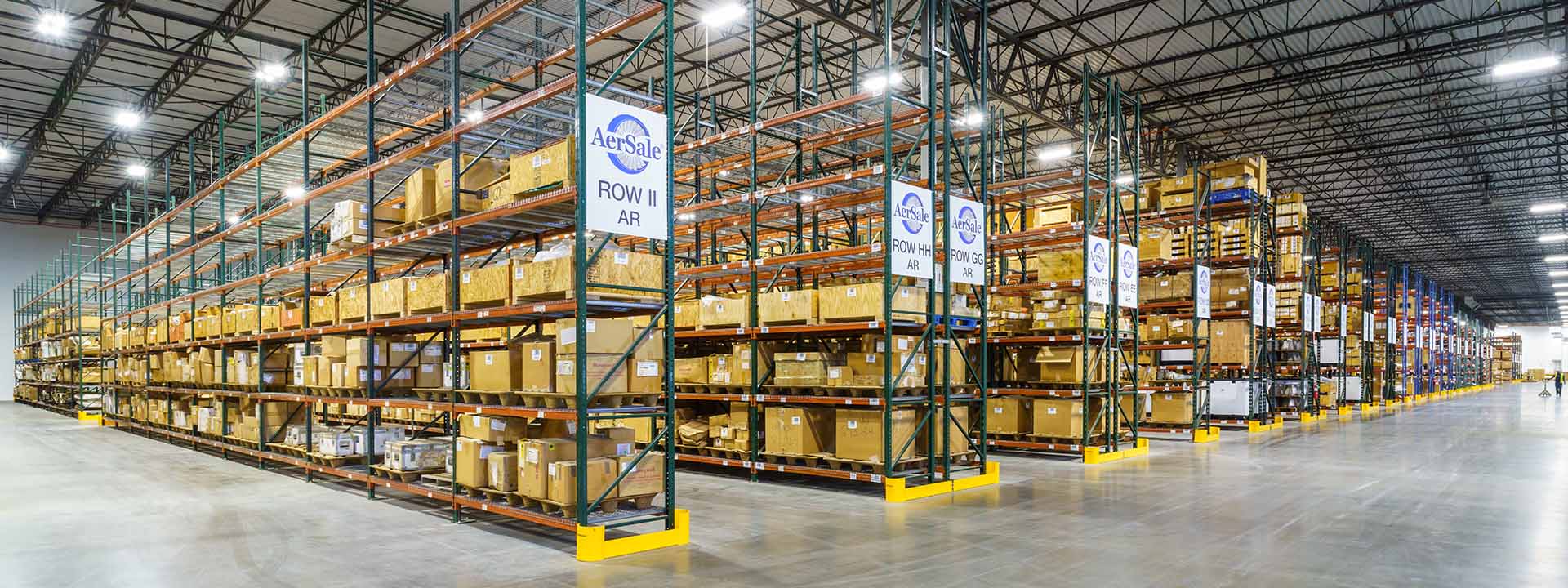After the crash of TWA Flight 800 off the coast of New York in 1996, the FAA enacted the Fuel Tank Flammability Reduction (FTFR) rule. Federal investigators determined the accident resulted from an explosion in the center fuel tank of the Boeing 747 caused by a spark igniting fuel vapor. The FTFR rule requires the reduction of fuel tank ignition sources and flammability exposure in aircraft most at risk. The FAA allows two options: a flammability reduction means such as a nitrogen generating system or an ignition mitigation means such as AerSafeTM. These systems must be installed on all passenger aircraft operating under FAR part 121 that have high flammability fuel tanks and fly within or into the United States.
AerSale®, a single-source, vertically integrated provider of aviation MRO products and services, has developed a cost-effective, easy-to-install retrofit kit that enhances airplane safety and meets all FAA regulatory requirements.
Meet AerSafe
The AerSafe system limits the amount of available oxygen that can ignite fuel vapors and prevents sparks from initiating an explosion. It has been tested and developed to exact tolerances to fill the cavity of the Airbus 319, 320, and 321 and Boeing 767, 737 NG and 737 CL series center fuel tanks. AerSafe comes as a complete prefabricated kit, and after initial installation, the system is virtually maintenance-free. AerSafe provides an economical solution with no mechanical parts that can fail, time-sensitive components to replace, or flight test requirements after installation. AerSafe also complies with the Notice of Proposed Rulemaking (NPRM) No. FAA-2016-6139.
Easy Installation
AerSale can perform an AerSafe retrofit at any hangar around the world and also provides training for the installation. Installation can be done at the same time as a light maintenance check or overnight after the aircraft center tank is de-fueled. AerSafe does not require maintenance between heavy check visits or any special tooling to remove and install the parts – saving you time and money. Aircraft can be modified or de-modified without any structural changes.
AerSafe installation kits include:
- All required materials
- Installation instructions
- Aircraft maintenance manual supplement
- Aircraft flight manual supplement
- License to use AerSafe on a single aircraft by serial number
Short Downtime
The installation takes just two days for B737s, A319s, A320s, and A321s or six days for B767s, which is exceptionally fast when compared to the 14-day average installation of a nitrogen generating system. When you consider the additional loss of revenue service while your airplane is being retrofitted, the AerSafe system practically pays for itself.
Less Lead Time
With airlines and operators scrambling to meet the FAA’s rule, anyone without a current order in place for a nitrogen generating system has a potential one-year wait time. AerSafe’s lead time is a short six weeks, which still gives you time to get those last retrofits scheduled, completed and avoid costly groundings.
Compare Costs and Say No to Nitrogen
After the initial installation cost, AerSafe is a “one and done” solution. Virtually maintenance-free, AerSafe does not incur the ongoing costs that nitrogen generating systems accrue over the life of an airplane. The ozone converter must also be maintained, and unlike a nitrogen generating system, AerSafe does not use an air separator module (ASM). Because ASM membrane fibers are damaged by high levels of ozone, they require regular maintenance and eventual replacement – which means more cost to you.
When you compare the costs of nitrogen generating systems and AerSafe side-by-side, the choice is clear. AerSafe is the simple solution that gets your airplane back into revenue service faster, without time-consuming structural changes and additional systems to maintain and replace. Click here for your free AerSafe infographic for more details.





